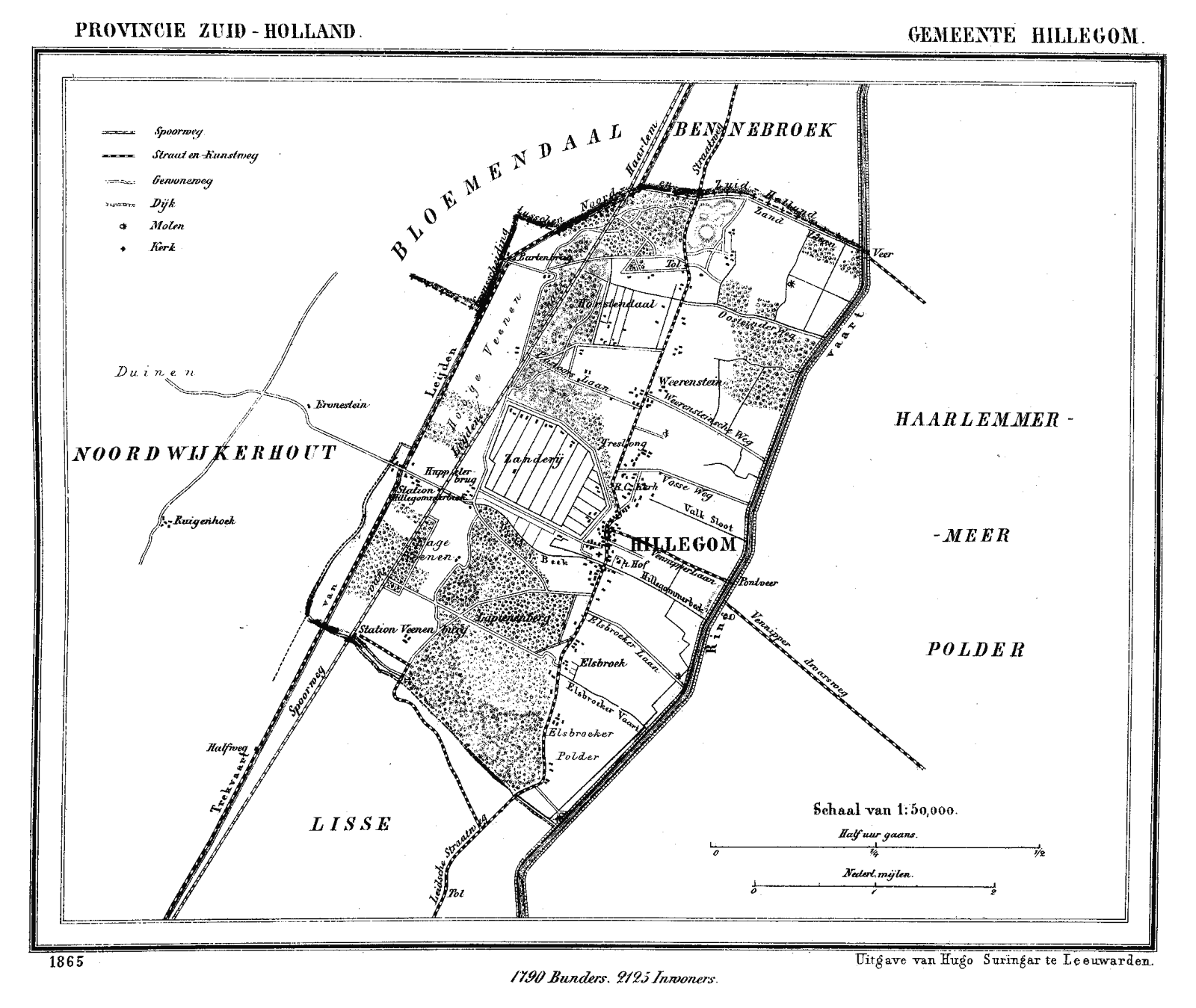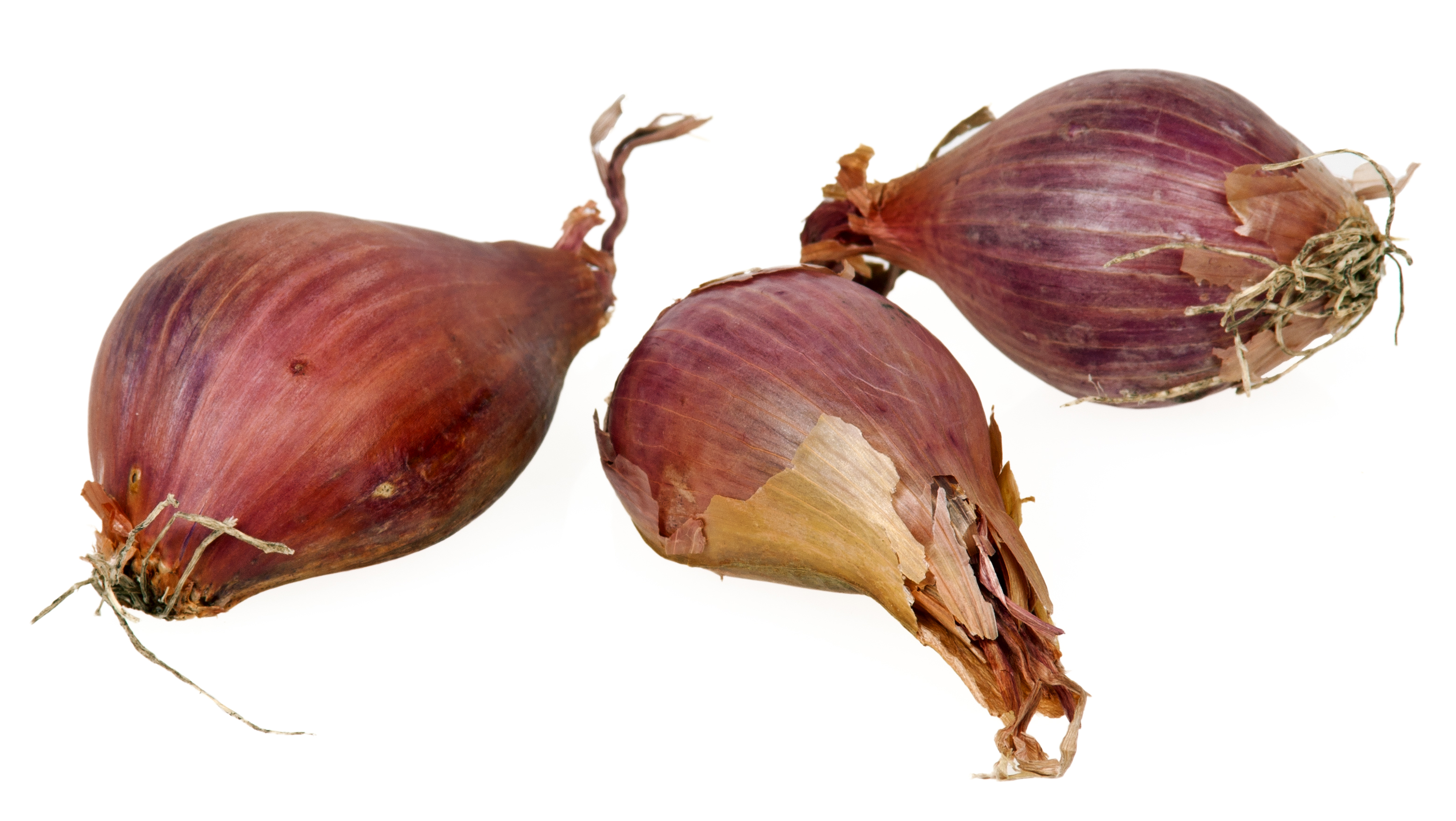|
Narcissus 'Thalia'
''Narcissus'' 'Thalia', also sometimes known as the orchid ''Narcissus'', is a cultivar of daffodil, which was bred by M. van Waveren and Sons of Hillegom in 1916. The cultivar was produced by hybridizing an unnamed daffodil with '' Narcissus triandrus'' subsp. ''triandrus'' var. ''triandrus.'' Description ''Narcissus'' 'Thalia' is a clump forming bulbous perennial, which can reach heights of 50cm tall. Plants possess green foliage and produce flowers in mid spring. Each bulb will produce a stem which can hold 2-3 flowers per stem. Blooms are sweetly scented.{{Cite news , last=Fowler , first=Alys , date=2014-09-27 , title=Alys Fowler: Narcissus 'Thalia' – the perfect small-garden daffodil , work=The Guardian ''The Guardian'' is a British daily newspaper. It was founded in Manchester in 1821 as ''The Manchester Guardian'' and changed its name in 1959, followed by a move to London. Along with its sister paper, ''The Guardian Weekly'', ''The Guardi ... , url=https://www.th ... [...More Info...] [...Related Items...] OR: [Wikipedia] [Google] [Baidu] |
Narcissus (plant)
''Narcissus'' is a genus of predominantly spring flowering perennial plant, perennial plants of the amaryllis family, Amaryllidaceae. Various common names including daffodil,The word "daffodil" is also applied to related genera such as ''Sternbergia'', ''Ismene (plant), Ismene'', and ''Fritillaria meleagris''. It has been suggested that the word "Daffodil" be restricted to the wild species of the British Isles, ''Narcissus pseudonarcissus, N. pseudonarcissus''. narcissus (plural narcissi), and jonquil, are used to describe some or all members of the genus. ''Narcissus'' has conspicuous flowers with six petal-like tepals surmounted by a cup- or trumpet-shaped Corona (plant structure), corona. The flowers are generally white and yellow (also orange or pink in garden varieties), with either uniform or contrasting coloured tepals and corona. ''Narcissi'' were well known in ancient civilisation, both medicinally and botanically, but were formally described by Carl Linnaeus, Lin ... [...More Info...] [...Related Items...] OR: [Wikipedia] [Google] [Baidu] |
Narcissus Triandrus
''Narcissus triandrus'', also known as the Angel's Tears daffodil, is a species of flowering plant within the family Amaryllidaceae. The popular cultivar 'Hawera', belonging to the Triandrus group, has received the Royal Horticultural Society's Award of Garden Merit. Description ''Narcissus triandrus'' is a bulbous perennial plant. The bulbs of this species are small and dark in colour. Bulbs lay dormant in the soil for the majority of the year until emerging in the Spring. A single bulb usually produces two leaves each that can grow to a length of 20 cm long by 4–5 mm wide. Leaves are keeled, striate on their surface and sometimes coiled at the tip. Stems of the species are 30 cm tall, thick, tubular, and almost waxy on their outer side. Stems can hold from one to six cup shaped flowers, which are milk white or pale yellow in colour. Reproduction The flower size varies, increasing from southeast to northwest, correlating with plant size, probably reflecting ... [...More Info...] [...Related Items...] OR: [Wikipedia] [Google] [Baidu] |
Hillegom
Hillegom () is a town and Municipalities of the Netherlands, municipality in the Western Netherlands, in the Provinces of the Netherlands, province of South Holland. Hillegom is part of an area called the Duin- en Bollenstreek ("Dune and Bulb Region"). As such, a large portion of the local economy was traditionally geared to the cultivation of bulb flowers. The name Hillegom is derived from the abbey named ''Hijlighem'' (Old Frankish for "Holy Home"). This abbey no longer exists. The current Lord of Hillegom is Six family, Jan Six X. History Hillegom was formed on the eastern edge of the coastal dunes where the old Leiden to Haarlem route crossed the ''Hillegommerbeek'' (Hillegom's Creek), not far from the shores of the ''Haarlemmermeer'' (Haarlem's Lake). Places with the suffix "-heim" (or variant spellings) usually developed before the year 1000 and therefore it is assumed that this may apply to Hillegom as well. In 1150 the abbot of Egmond Abbey, Egmond had the rights to naming ... [...More Info...] [...Related Items...] OR: [Wikipedia] [Google] [Baidu] |
Netherlands
, Terminology of the Low Countries, informally Holland, is a country in Northwestern Europe, with Caribbean Netherlands, overseas territories in the Caribbean. It is the largest of the four constituent countries of the Kingdom of the Netherlands. The Netherlands consists of Provinces of the Netherlands, twelve provinces; it borders Germany to the east and Belgium to the south, with a North Sea coastline to the north and west. It shares Maritime boundary, maritime borders with the United Kingdom, Germany, and Belgium. The official language is Dutch language, Dutch, with West Frisian language, West Frisian as a secondary official language in the province of Friesland. Dutch, English_language, English, and Papiamento are official in the Caribbean Netherlands, Caribbean territories. The people who are from the Netherlands is often referred to as Dutch people, Dutch Ethnicity, Ethnicity group, not to be confused by the language. ''Netherlands'' literally means "lower countries" i ... [...More Info...] [...Related Items...] OR: [Wikipedia] [Google] [Baidu] |
Cultivar
A cultivar is a kind of Horticulture, cultivated plant that people have selected for desired phenotypic trait, traits and which retains those traits when Plant propagation, propagated. Methods used to propagate cultivars include division, root and stem cuttings, offsets, grafting, micropropagation, tissue culture, or carefully controlled seed production. Most cultivars arise from deliberate human genetic engineering, manipulation, but some originate from wild plants that have distinctive characteristics. Cultivar names are chosen according to rules of the International Code of Nomenclature for Cultivated Plants (ICNCP), and not all cultivated plants qualify as cultivars. Horticulturists generally believe the word ''cultivar''''Cultivar'' () has two meanings, as explained in ''#Formal definition, Formal definition'': it is a classification category and a taxonomic unit within the category. When referring to a taxon, the word does not apply to an individual plant but to all plants t ... [...More Info...] [...Related Items...] OR: [Wikipedia] [Google] [Baidu] |
Hybrid (biology)
In biology, a hybrid is the offspring resulting from combining the qualities of two organisms of different varieties, subspecies, species or genera through sexual reproduction. Generally, it means that each cell has genetic material from two different organisms, whereas an individual where some cells are derived from a different organism is called a chimera. Hybrids are not always intermediates between their parents such as in blending inheritance (a now discredited theory in modern genetics by particulate inheritance), but can show hybrid vigor, sometimes growing larger or taller than either parent. The concept of a hybrid is interpreted differently in animal and plant breeding, where there is interest in the individual parentage. In genetics, attention is focused on the numbers of chromosomes. In taxonomy, a key question is how closely related the parent species are. Species are reproductively isolated by strong barriers to hybridization, which include genetic and morph ... [...More Info...] [...Related Items...] OR: [Wikipedia] [Google] [Baidu] |
Bulb
In botany, a bulb is a short underground stem with fleshy leaves or leaf basesBell, A.D. 1997. ''Plant form: an illustrated guide to flowering plant morphology''. Oxford University Press, Oxford, U.K. that function as food storage organs during dormancy. In gardening, plants with other kinds of storage organ are also called ornamental bulbous plants or just ''bulbs''. Description The bulb's leaf bases, also known as scales, generally do not support leaves, but contain food reserves to enable the plant to survive adverse conditions. At the center of the bulb is a vegetative growing point or an unexpanded flowering shoot. The base is formed by a reduced stem, and plant growth occurs from this basal plate. Roots emerge from the underside of the base, and new stems and leaves from the upper side. Tunicate bulbs have dry, membranous outer scales that protect the continuous lamina of fleshy scales. Species in the genera ''Allium'', '' Hippeastrum'', '' Narcissus'', and ''Tulipa' ... [...More Info...] [...Related Items...] OR: [Wikipedia] [Google] [Baidu] |
Perennial Plant
In horticulture, the term perennial (''wikt:per-#Prefix, per-'' + ''wikt:-ennial#Suffix, -ennial'', "through the year") is used to differentiate a plant from shorter-lived annual plant, annuals and biennial plant, biennials. It has thus been defined as a plant that lives more than 2 years. The term is also loosely used to distinguish plants with little or no woody growth (secondary growth in Tree girth measurement, girth) from trees and shrubs, which are also technically ''perennials''. Notably, it is estimated that 94% of plant species fall under the category of perennials, underscoring the prevalence of plants with lifespans exceeding two years in the botanical world. Perennials (especially small flowering plants) that grow and bloom over the spring and summer, die back every autumn and winter, and then return in the spring from their rootstock or other overwintering structure, are known as Herbaceous plant, herbaceous perennials. However, depending on the rigours of the loca ... [...More Info...] [...Related Items...] OR: [Wikipedia] [Google] [Baidu] |
Royal Horticultural Society
The Royal Horticultural Society (RHS), founded in 1804 as the Horticultural Society of London, is the UK's leading gardening charity. The RHS promotes horticulture through its five gardens at Wisley (Surrey), Hyde Hall (Essex), Harlow Carr (North Yorkshire), Rosemoor (Devon) and Bridgewater (Greater Manchester); flower shows including the Chelsea Flower Show, Hampton Court Palace Flower Show, Tatton Park Flower Show and Cardiff Flower Show; community gardening schemes; Britain in Bloom and a vast educational programme. It also supports training for professional and amateur gardeners. the president was Keith Weed and the director general was Clare Matterson CBE. History Founders The creation of a British horticultural society was suggested by John Wedgwood (son of Josiah Wedgwood) in 1800. His aims were fairly modest: he wanted to hold regular meetings, allowing the society's members the opportunity to present papers on their horticultural activities and discov ... [...More Info...] [...Related Items...] OR: [Wikipedia] [Google] [Baidu] |
The Guardian
''The Guardian'' is a British daily newspaper. It was founded in Manchester in 1821 as ''The Manchester Guardian'' and changed its name in 1959, followed by a move to London. Along with its sister paper, ''The Guardian Weekly'', ''The Guardian'' is part of the Guardian Media Group, owned by the Scott Trust Limited. The trust was created in 1936 to "secure the financial and editorial independence of ''The Guardian'' in perpetuity and to safeguard the journalistic freedom and liberal values of ''The Guardian'' free from commercial or political interference". The trust was converted into a limited company in 2008, with a constitution written so as to maintain for ''The Guardian'' the same protections as were built into the structure of the Scott Trust by its creators. Profits are reinvested in its journalism rather than distributed to owners or shareholders. It is considered a newspaper of record in the UK. The editor-in-chief Katharine Viner succeeded Alan Rusbridger in 2015. S ... [...More Info...] [...Related Items...] OR: [Wikipedia] [Google] [Baidu] |





